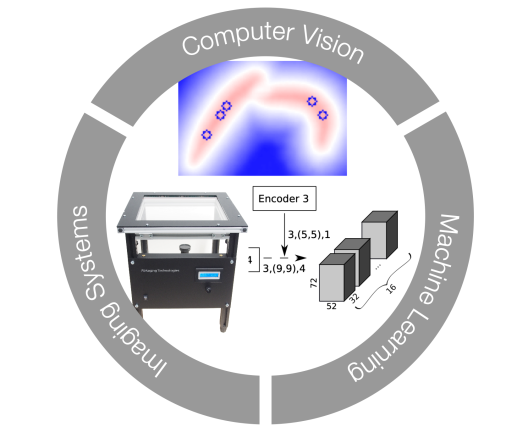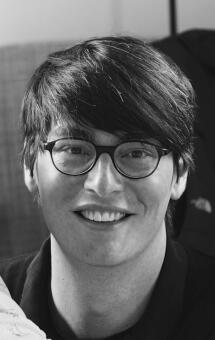Research Areas

We are interested in interdisciplinary research questions involving the development of novel imaging, computer vision (CV) and machine learning (ML) technologies yielding new data-driven approaches.
In particular we are studying the limitations of current CV and ML algorithms in the context of biology, ecology and neuroscience in order to quantify and analyze the behavior of species across scales.
We are embedding these insights into closely related hardware technologies such as visualization techniques (e.g. augmented reality) and engineering aspects (e.g. 3D printing) to enable the development of CV and ML systems for practical real-world applications.
In summary our research includes:
• Computer Vision & Image Processing (esp. motion tracking; object detection; image filtering / transformations)
• Machine Learning (esp. deep learning; global optimisation; understanding AI)
• Imaging Techniques (e.g. animal tracking systems; illumination techniques; POL vision)
• Visualisation techniques (esp. augmented and virtual reality)
• Behavioural Biology, Ecology and Neuroscience (in the context of behavioural analysis)
• 3D Printing (esp. machine learning algorithms for 3D printing purposes)
Figure caption (cvmls-research-2.png): We are interested in the the development of novel imaging, computer vision and machine learning technologies for interdisciplinary biomedical research (from top clockwise: resolved colliding Drosophla larvae for behavioural experiments; part of a deep capsule network architecture; FIM imaging device for crawling insects).
Research population
The algorithms designed for our behavioural experiments are currently applicable for several laboratory (esp. Drosophlia larvae; C. elegans worms; and similar organisms) and field experiments (esp. ants and drone-recorded vertebrates). In addition, we also developed algorithms for clinical studies (e.g. neurosurgery) and we recently started a novel initiative to use augmented and virtual reality systems for medical teaching purposes.
Research methods
• Whole-body imaging (FTIR-based imaging method; conventional imaging; 3D imaging; drone-operated imaging; polarised light imaging)
• Microscopy (EM; lightsheet; confocal)
Academic CV
| since 2018 | Junior-Professor for practical computer science at the Faculty of Mathematics and & Computer Science, WWU Münster, Germany |
| 2017-2018 | Research Associate at the Computer Science Department; WWU Münster, Germany |
| 2015-2017 | Postdoctoral Researcher at the Institute for Action, Perception and Behaviour, Universtiy of Edinburgh, UK |
| 2011-2015 | PhD Theses at the Computer Science Department (Pattern Recognition and Image Analysis) and the Department of Neuroscience (Neuro- and Behavioural Biology), WWU Münster, Germany |
| 2005 - 2010 | Studies of Computer Sciecne (Diploma), Mathematics and Biology (Minor), WWU Münster, Germany |
Selected publications
1. Lammel, U., Bechtold, M., Risse, B., Berh, D., Fleige, A., Bunse, I., ... & Bogdan, S. (2014). The Drosophila FHOD1-like formin Knittrig acts through Rok to promote stress fiber formation and directed macrophage migration during the cellular immune response. Development, 141(6), 1366-1380.
2. Risse, B., Berh, D., Otto, N., Klämbt, C., & Jiang, X. (2017). FIMTrack: An open source tracking and locomotion analysis software for small animals. PLoS computational biology, 13(5), e1005530.
3. Risse, B., Mangan, M., Del Pero, L., & Webb, B. (2017). Visual tracking of small animals in cluttered natural environments using a freely moving camera. In Proceedings of the IEEE International Conference on Computer Vision Workshops (pp. 2840-2849).
4. Otto, N., Marelja, Z., Schoofs, A., Kranenburg, H., Bittern, J., Yildirim, K., ... & Risse, B. (2018). The sulfite oxidase Shopper controls neuronal activity by regulating glutamate homeostasis in Drosophila ensheathing glia. Nature communications, 9(1), 1-12.
5. Haalck, L., Mangan, M., Webb, B., & Risse, B. (2020). Towards image-based animal tracking in natural environments using a freely moving camera. Journal of neuroscience methods, 330, 108455.
Honors and Awards
2015: Award of Applied Computer Science 2015 (IHK Nord Westfalen)
2015: PhD with Highest Honours (WWU Münster)


